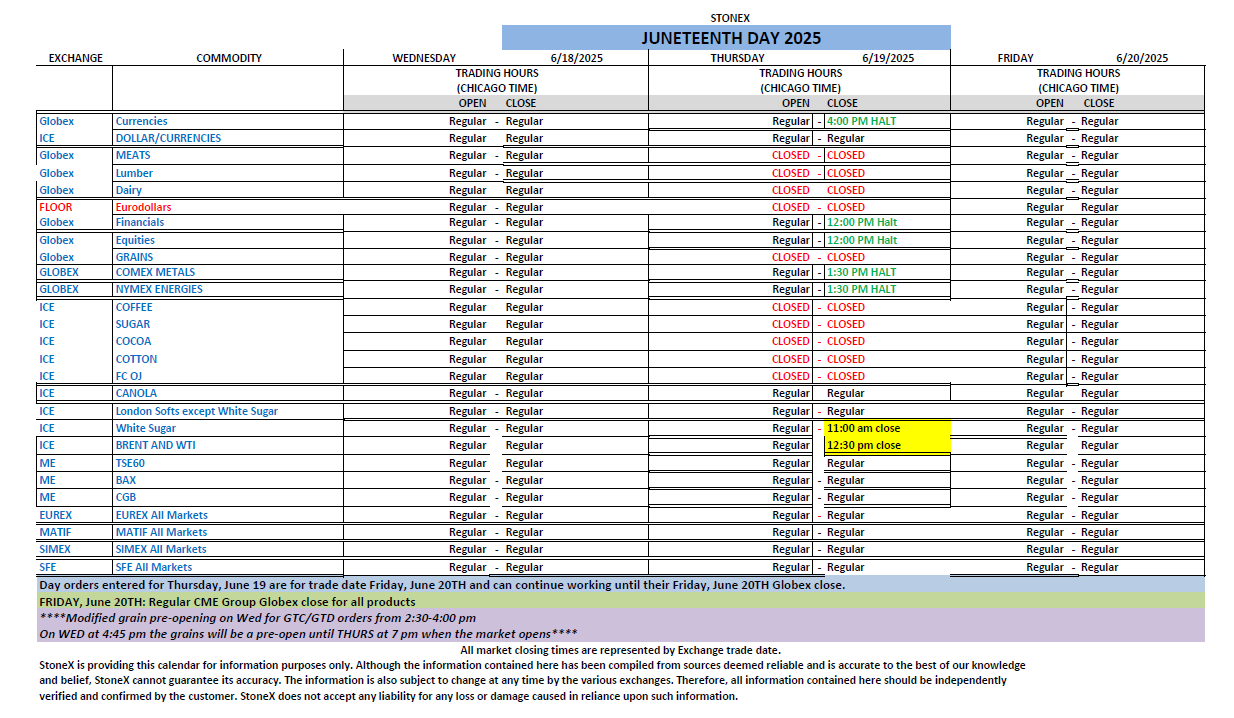In today’s fast-moving financial and commodities markets, choosing a reliable futures trading platform is critical. The CQG futures platform has established itself as a leader in the industry, providing professional-grade trading tools, superior data accuracy, and seamless execution. Whether you’re a novice or an institutional trader, CQG delivers a powerful and intuitive online futures trading platform experience that bridges you directly to global futures exchanges. Built to handle volatility, speed, and real-time decision-making, CQG’s extensive suite includes CQG Spreader, CQG Trader, CQG Mobile, and a CQG Desktop. Demos are also available in each product.
What is CQG? A Powerhouse in Futures Trading
CQG (Commodity Quote Graphics) is a world-renowned technology provider offering a reliable CQG trading platform infrastructure. Rather than acting as a broker, CQG supplies the backend technology that brokers use to route trades, stream quotes, and deliver analytical tools. It is trusted for its stable, high-performance environment, underpinning leading futures trading platforms used by professional traders and retail investors alike. The platform is known for ultra-low latency, reliability, and deep integration across more than 40 global exchanges.
Key CQG Platforms: Tailored Trading Solutions
CQG Desktop
CQG Desktop is a state-of-the-art, browser-based CQG platform offering traders powerful tools without the hassle of downloads. Built on HTML5, this platform is accessible from any modern browser and provides an ideal interface for active traders. Whether you’re running advanced charting setups, streaming quotes, or customizing dashboards, CQG Desktop is engineered to be lightweight, responsive, and scalable. With robust analytics, integrated order entry, and market heatmaps, CQG Desktop is the most flexible CQG futures platform available.
CQG Desktop Demo
The CQG Desktop Demo is the perfect entry point for new users wanting to experience the platform without risk. This simulated environment mirrors live markets with real-time data, enabling users to test strategies, learn interface features, and become familiar with CQG Desktop. Traders can request a CQG Desktop demo from brokers like Cannon Trading to gain hands-on experience using the CQG futures platform before going live.
Try a FREE Demo!
CQG Trader
If speed and simplicity are your priorities, CQG Trader is a streamlined application focusing purely on order execution and real-time quotes. This lightweight solution is ideal for those who do not require deep technical analysis or heavy charting. With the CQG Trader platform, you get fast market access, Depth of Market (DOM) tools, and efficient position management. It integrates directly with the same high-performance data feed that powers CQG Desktop.
CQG Mobile
CQG Mobile allows traders to access markets from their smartphone or tablet with the same core functionality as desktop interfaces. With CQG Mobile, you can monitor quotes, analyze charts, and place or manage trades on the go. This flexibility ensures you remain connected to the markets at all times. Traders can seamlessly switch from CQG Desktop to CQG Mobile using a unified CQG login that syncs positions, orders, and balances.
Data Matters: The CQG Data Feed
One of the key advantages of any CQG trading platform is the underlying CQG data feed. This low-latency, high-reliability stream of real-time and historical data covers commodities, stock indices, currencies, and more. The CQG futures platform uses co-located servers near exchange engines to reduce latency, enabling precise and fast executions. Whether you’re using CQG Desktop, CQG Trader, or CQG Mobile, the data feed ensures consistent quality and timing across devices.
Unified CQG Login and Platform Integration
The CQG ecosystem is designed with convenience in mind. With a single CQG login, traders can access all their preferred interfaces: CQG Desktop, CQG Trader, and CQG Mobile. This eliminates redundancy and improves security while ensuring real-time syncing of account data. Whether you’re trading from the office or checking positions on your phone, CQG maintains a consistent experience across the board.
CQG Platform Accessibility and Setup
Setting up any CQG futures platform is seamless. Several platforms are web-based including platforms like CQG Desktop are compatible with all major operating systems and require minimal technical setup. For those who prefer mobile access, CQG Mobile is available via major app stores and installs within minutes.


Pairing CQG with an expert broker like Cannon Trading enhances the entire trading experience. Cannon Trading provides:
- Access to CQG Spreader CQG Trader, CQG Mobile, and CQG Desktop setups.
- Decades of industry experience, dating back to 1988.
- Personalized support for setup, platform education, and real-time trading guidance.
- 5-star TrustPilot ratings and outstanding regulatory compliance.
Whether you’re testing strategies via a CQG Desktop demo, trading on your PC through CQG Integrated Client, or placing orders on the fly with CQG Mobile, Cannon Trading ensures you have the right support.
CQG Is the Benchmark in Futures Trading Platforms
From the highly accessible CQG Desktop to the fast and efficient CQG Trader and portable CQG Mobile, CQG provides a versatile and dependable trading environment. Supported by one of the fastest and most accurate data feeds in the industry, every CQG platform is optimized for performance, flexibility, and real-time decision-making. Traders can explore the system risk-free using a CQG Desktop Demo, then scale into full live trading using a consistent CQG login across all devices. For those seeking a professional-grade online futures trading platform, CQG stands out as the gold standard.
Try a FREE Demo!
Ready to start trading futures? Call us at 1(800)454-9572 (US) or (310)859-9572 (International), or email info@cannontrading.com to speak with one of our experienced, Series-3 licensed futures brokers and begin your futures trading journey with Cannon Trading Company today.
Disclaimer: Trading Futures, Options on Futures, and retail off-exchange foreign currency transactions involve substantial risk of loss and are not suitable for all investors. Past performance is not indicative of future results. Carefully consider if trading is suitable for you in light of your circumstances, knowledge, and financial resources. You may lose all or more of your initial investment. Opinions, market data, and recommendations are subject to change at any time.
Important: Trading commodity futures and options involves a substantial risk of loss. The recommendations contained in this article are opinions only and do not guarantee any profits. This article is for educational purposes. Past performances are not necessarily indicative of future results.
This article has been generated with the help of AI Technology and modified for accuracy and compliance.
Follow us on all socials: @cannontrading















